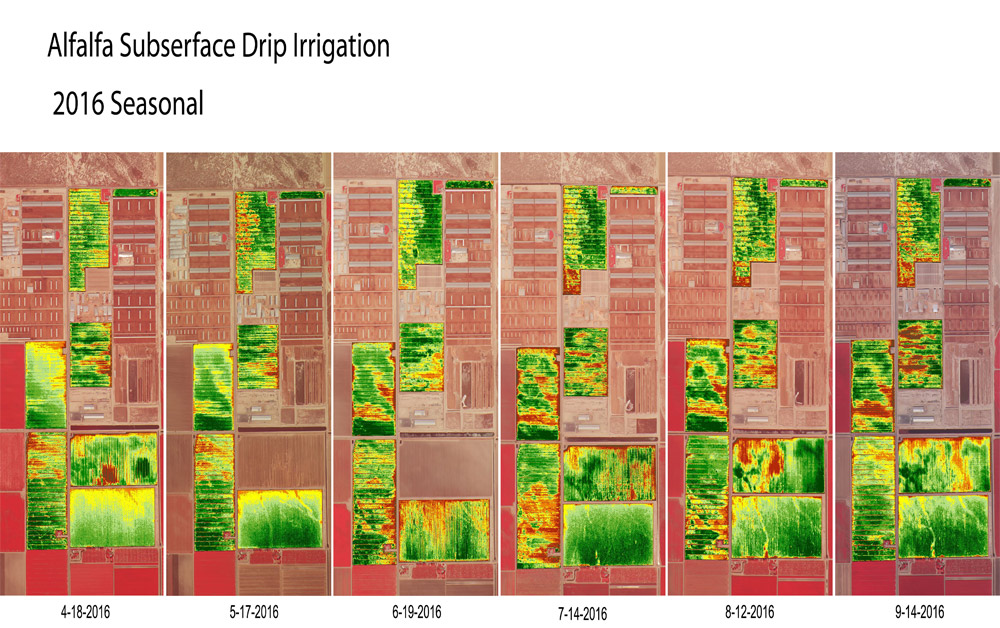
The Normalized Difference Vegetation Index (NDVI) is a valuable tool for assessing plant health and vegetation density across farm fields. Using satellite or drone imagery, NDVI compares near-infrared (NIR) light—reflected by healthy plants—with visible red light, which plants absorb during photosynthesis. The NDVI formula is expressed as: NDVI=(NIR+Red) / (NIR−Red).
Higher NDVI values indicate healthier, more robust vegetation, while lower values signal stressed or sparse plant growth. This non-invasive, efficient method offers real-time insights into crop vitality, helping farmers make informed decisions.
By analyzing NDVI maps, farmers can quickly pinpoint areas needing attention, such as low-nutrient zones or areas experiencing water stress. NDVI’s reliability and simplicity make it a cornerstone of precision agriculture.
Benefits of Integrating Normalized Difference Vegetation Index into Precision Agriculture
NDVI brings numerous advantages to modern farming by enabling efficient resource use and better crop management. It minimizes input waste, reduces environmental impact, and supports sustainable farming practices. Additionally, NDVI helps identify differences in soil types, allowing targeted interventions.
Key benefits include:
- Early detection of crop stress or disease.
- Improved water and nutrient management.
- Enhanced decision-making for planting and harvesting.
- Reduced input costs and environmental footprint.
- Increased overall crop yields.
Practical Applications of NDVI in Modern Farming
NDVI offers versatile applications across diverse farming practices. For instance, it is widely used for monitoring plant growth stages and identifying pest-affected areas. Farmers rely on NDVI to generate yield predictions, helping them manage market expectations and logistics.
Soil type also plays a crucial role in NDVI analysis. Sandy soils often show different NDVI patterns due to faster water drainage, while clay-heavy soils may indicate slower plant growth if overwatered. Understanding these nuances allows farmers to tailor strategies for optimal performance.
How NDVI Supports Irrigation and Fertilization Decisions for Farmers
NDVI data plays a crucial role in optimizing irrigation and fertilization strategies on the farm. By identifying underperforming zones, farmers can adjust water distribution and nutrient application to address specific crop needs effectively. For sandy soils that dry out quickly, NDVI assists in refining irrigation schedules to prevent water stress. This ensures crops receive adequate moisture without overwatering other areas.
For clay-rich soils, which are prone to water retention, NDVI mapping helps pinpoint areas requiring improved drainage to prevent root damage and nutrient loss. By offering precise insights, NDVI allows farmers to manage resources efficiently, leading to healthier crops and sustainable farming practices.
How AgNote Can Help You Leverage NDVI
AgNote simplifies NDVI integration by providing user-friendly tools to track crop health, plan irrigation, and manage inputs. Farmers can visualize NDVI data alongside other farm metrics, enabling smarter, data-driven decisions. Sign up for AgNote’s 7-day free trial and see how it can revolutionize your farming operations.
